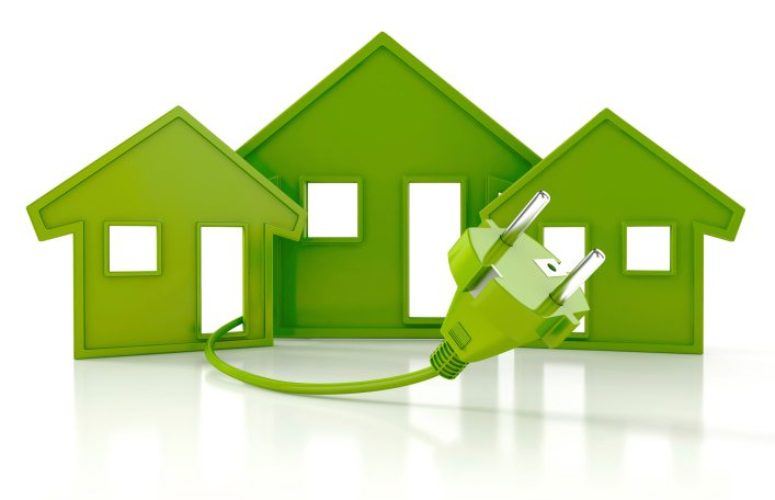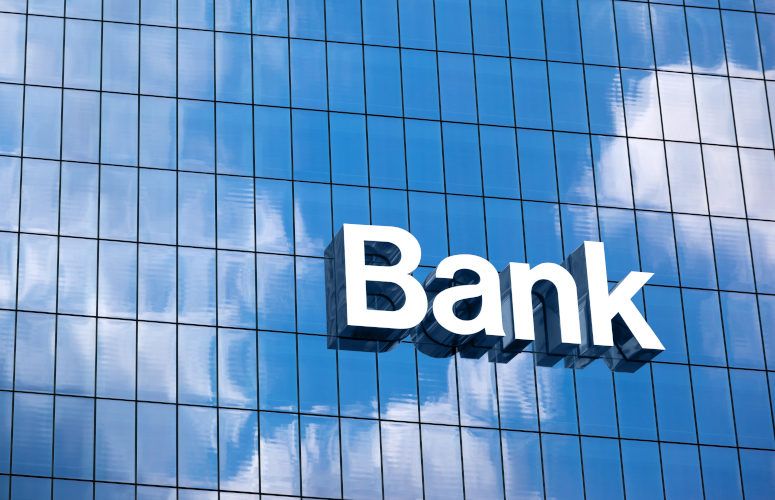
BPU Approves Comprehensive Energy Efficiency Program
On Jun 10, 2020The New Jersey Board of Public Utilities approved the next generation of energy efficiency and peak demand reduction programs, which is expected to transition the state to some of the highest energy savings in the country, according to the Board.
Specifically, the BPU has set year five targets for energy reduction at 2.15% for electric distribution companies and 1.10% for gas distribution companies. In addition, the Board looked specifically to increase access to equity in energy efficiency, and laid out a series of requirements to that end, many of them derived from stakeholder input.
According to BPU President Joseph L. Fiordaliso, “While forwarding the Governor’s clean energy agenda, we worked to ensure that underserved communities will benefit from these programs. These programs will reduce energy burdens and have long-term benefits for participants, including reducing utility bills, improving health, comfort, safety, and creating thousands of green jobs.
“We are charting a course towards 100% clean energy by increasing access to energy efficiency programs, decreasing energy burdens, and creating new economic opportunities for the state of New Jersey,” he said.
The Clean Energy Act (CEA), voted on by the Legislature and signed by Gov. Phil Murphy in May 2018, emphasizes the importance of energy efficiency and requires each public utility in the state to reduce the use of electricity and natural gas in its service territory by at least 2% for electric utilities and at least 0.75% for gas utilities in the prior three years within five years of implementation of its gas energy efficiency program.
Since the passage of the CEA, the BPU has been working to implement these directives with Board staff engaging in significant stakeholder input during the program development process, which included 15 public meetings, and numerous straw proposals over the last year.
The Board order provides for the administration of the energy efficiency programs and establishes the mechanisms for the recovery of costs associated with delivery of programs, performance metrics and targets, an evaluation, measurement, and verification framework, and program filing and reporting requirements.
Per the order:
- The state’s utilities will administer core, consistent energy efficiency programs that serve the residential, commercial and industrial, and multifamily sectors. These will include programs that serve moderate-income and small commercial customers;
- The utilities will also be required to propose a peak demand program to start by program year four;
- The state will continue to administer the Large Energy Users Program (with the exception of hospitals), combined heat and power projects, and state and local government programs. The utilities and state will continue to co-manage the low-income Comfort Partners program. In addition, the state will take the lead on research and development, statewide workforce development initiatives, public education, and community energy planning grants;
- Program expenses will be amortized over 10 years, which sets energy efficiency investments on a level playing field relative to other utility investments. Over the next several months, Staff will work with the utilities and the Division of Rate Counsel to develop a mechanism for the utilities to recover their lost revenue as an option should utilities not wish to utilize the Lost Revenue Adjustment Mechanism as laid out in the Order. Further, the Board has instituted a system of incentives and penalties as required by the Clean Energy Act to encourage performance;
- Over the next several months, staff will develop, distribute for stakeholder comment, and recommend a test that will determine program cost-effectiveness in order to comply with the Clean Energy Act. The state will also hire a statewide evaluator to ensure transparency and accountability for state and utility programs;
- Staff recommends the use of a “multifactor metric approach” and the establishment of seven metrics to ensure achievement of core policy objectives of the state beyond annual energy saving reductions, including lifetime energy savings, low-income energy savings, peak demand savings, small commercial, etc., and recommends that these metrics be evaluated and updated every three years;
- The BPU will conduct a triennial review process to revisit key energy efficiency decisions, such as reviewing and establishing performance metrics and targets, cost recovery mechanisms, program administration and design, and “cost to achieve” budgets, among others, to ensure that the programs are “best-in-class.”
Achieving the state’s energy efficiency goals is critical to aid New Jersey’s low- and moderate-income (LMI) communities by increasing access to energy efficiency programs, decreasing energy burdens, and creating new economic opportunities for community members. To ensure that LMI communities benefit from the programs, the Board order includes the following recommendations, many of which have come from stakeholder recommendations:
- Spanish language materials for all programs;
- LMI automatic eligibility;
- Requirement that utilities provide other non-competing low-income and moderate income programs;
- Competitive contracting opportunities to encourage supplier diversity and utilities required to work together to develop ranking/priority process to encourage diverse contractors;
- Vocational and Community College-based education to develop workforce pipeline;
- Local workforce development focusing on LMI communities; and,
- Establishment of a workforce Development Working Group and a contractor mentorship program to encourage establishment and growth of diverse contractor pool.
In addition to these program components, President Fiordaliso also announced that the Board intends to create an Office of Clean Energy Equity that would be responsible for overseeing the equitable deployment of clean energy technologies and energy efficiency programs in New Jersey’s LMI communities, as well as serving as a liaison to those communities.
To access more business news, visit NJB News Now.
Related Articles:





